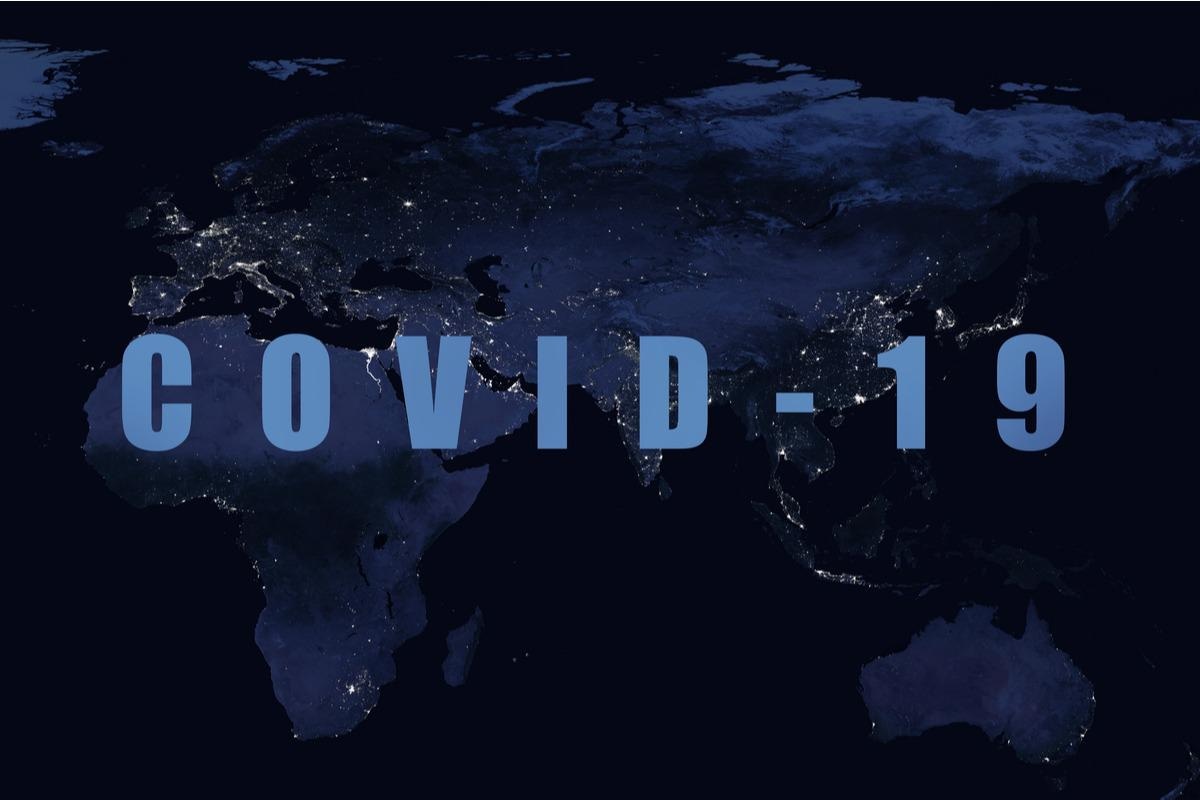 By Neha MathurReviewed by Danielle Ellis, B.Sc.Mar 23 2022
By Neha MathurReviewed by Danielle Ellis, B.Sc.Mar 23 2022In a new study posted to the Research Square* preprint server and under consideration at Scientific Reports, researchers modified and developed a susceptible-infectious-removed (SIR) model within the framework of non-extensive statistics to show the complexity of the global coronavirus disease 2019 (COVID-19) epidemic distribution.
 Study: A Nonextensive View on the COVID-19 in the World. Image Credit: Viacheslav Lopatin/Shutterstock
Study: A Nonextensive View on the COVID-19 in the World. Image Credit: Viacheslav Lopatin/Shutterstock

 *Important notice: Research Square publishes preliminary scientific reports that are not peer-reviewed and, therefore, should not be regarded as conclusive, guide clinical practice/health-related behavior, or treated as established information.
*Important notice: Research Square publishes preliminary scientific reports that are not peer-reviewed and, therefore, should not be regarded as conclusive, guide clinical practice/health-related behavior, or treated as established information.
Background
Several statistical models, including susceptible-infected-susceptible (SIS) and susceptible-exposed-infected-removed (SEIR) models, have been formulated to predict the epidemic progression of the West Africa Ebola epidemic of 2014, the SARS epidemic of 2003, and the ongoing COVID-19 pandemic. However, further refinement in terms of parameterizing a model is crucial for analyzing and predicting the behavior of pandemics.
Moreover, given the high interconnectedness of the world nowadays, the underlying idea behind the concept of ‘Global Village,’ the classical statistical approaches seem inadequate to study the epidemiology of the unprecedented COVID-19-pandemic.
About the study
In the current study, researchers introduced a non-extensive parameter q to analyze the similarities and differences (variations) in the epidemiological data from across the world to COVID-19 data from China, where the first COVID-19 case in humans was reported in December 2019.
The q-statistics was introduced by Tsallis, where parameter q represents the extent of non-extensivity of a distribution. It is used in the present study to generalize the typically used exponential function and deal with the issues, such as fluctuations due to non-ideal COVID-19 cases. Introducing a non-extensive parameter q, which indicates a shift in the behavior of the epidemic distribution, helped the researchers analyze scenarios where the classical statistics become inappropriate.
The study model based the analysis of the COVID-19 disease outbreak evolution under different quarantine scenarios for several countries across the world. In particular, the research team obtained the infectious numbers of COVID-19 weekly from February to July 2021 for Japan, Australia, England, France, Canada, Germany, South Korea, and the United States (US); however, for England, they did the same analysis from January to July 2021 (used for comparisons).
They simulated the evolution of the cumulative number of active infectious individuals as a function of time and compared it with real-time data from different countries.
Study findings
The study model predicted a secondary outbreak in April 2021, indicating severe acute respiratory syndrome coronavirus 2 (SARS-CoV-2) was active in spring, especially in England, that witnessed the highest surge in COVID-19 cases.
Further, the study model showed that the mitigation, quarantining, and other COVID-19 prevention measures implemented by the government at the population level led to larger values of q, which reflected that these measures were effective.
While analyzing the comparisons among various fitting parameters, the authors observed that all changeable fit parameters were not independent, especially the fit parameters with common properties, and the study model firmly supported this observation. Notably, while A reflected the peak value of study data sets, B and γ depicted epidemic data evolution pattern. More specifically, γ indicated the mean infectious time for an individual.
In the case of the US and England, the weekly evolution of infectious individuals for COVID-19 steadily increased, indicating that these countries implemented fewer epidemic-control measures, especially England. The observed q value of 0.254 further supports this finding.
Contrastingly, South Korea, Australia, Germany, and Canada, had almost similar q values as they had implemented similar COVID-19 containment measures.
In Japan and France, the evolution of infectious COVID-19 individuals tended to stabilize with the highest observed q values of 1.99 and 1.98, respectively. Notably, governments in these two countries implemented agile and aggressive COVID-19 mitigation strategies, especially the France government.
However, Japan implemented occasion augmentation, isolation, and hospitalization during the 32nd Olympic Games, leading to the highest observed value of q-parameter in the present study.
Conclusions
The study model emerged as an alternative tool to investigate the global distribution of COVID-19 cases. Additionally, it could help resolve issues in the scientific works studying infectious diseases and outbreaks, such as COVID-19.
Through data-fitting analysis, the non-extensive parameter q remarkably accounted for the external (societal and state-level interferences) and internal interactions at play in the system of epidemic transmission. Further investigating the physics of the Tsallis parameter q and other fitting parameters, including A, B, and γ (used in the current study) could help predict future epidemic transmission.
Future studies should comprehensively analyze how the study parameters impacted the COVID-19 epidemic transmission. Such insights into the mechanisms of these parameters could be used for a more refined assessment of the ongoing COVID-19 pandemic and predicting future pandemics.

 *Important notice: Research Square publishes preliminary scientific reports that are not peer-reviewed and, therefore, should not be regarded as conclusive, guide clinical practice/health-related behavior, or treated as established information.
*Important notice: Research Square publishes preliminary scientific reports that are not peer-reviewed and, therefore, should not be regarded as conclusive, guide clinical practice/health-related behavior, or treated as established information.